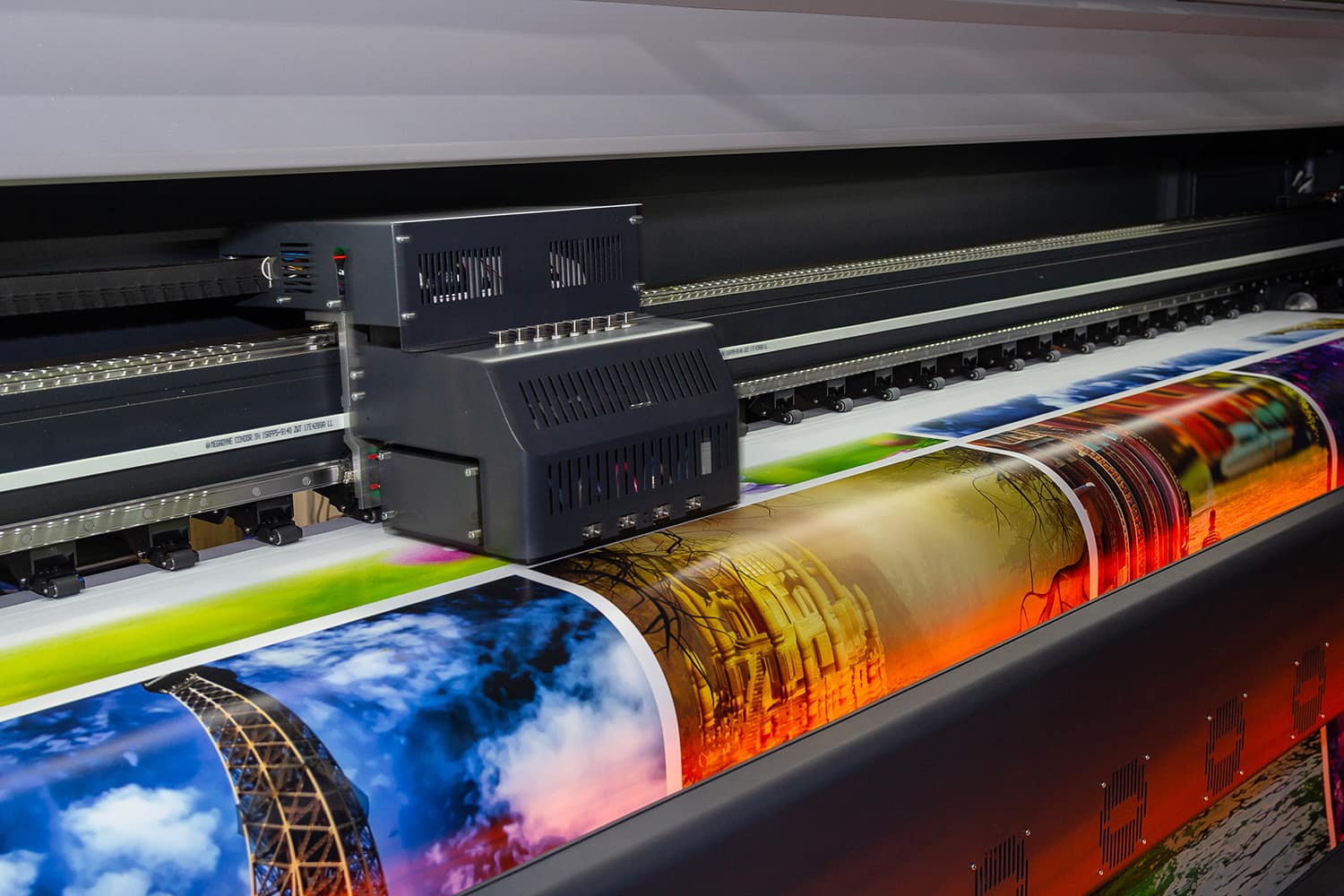Put simply, every graphic that you see has either originated from an image file (print) or is an actual image file (screen). However there are various types of image file, and depending on their intended use, will determine which format is best for the job.
Selecting the right type for the right job will ensure your artwork will display as perfectly as possible. Most image types fit into one of two categories – either vector or raster. Although, not all fit perfectly because they can actually contain both types, it is these two categories which will help you understand the basics of image type formats.
What is a vector image?
Vector are constructed using individual coloured blocks, allowing graphics to be scalable without losing quality. The master version of your company logo and supporting brand graphics should always be saved on file in a vector format so they can be used on both smaller items but also resized if required on larger surfaces (eg. vans).
Common vector file types include EPS (Encapsulated Postscript) and AI (Adobe Illustrator). PDFs are also predominantly vector files but depending on how they have been created can also contain raster elements. Flattening layers within the PDF file or choosing to retain them will determine the image type.
What is a raster image?
Raster images are built up of many coloured pixels to form a complete image. The fixed number of pixels means that the graphic can not be enlarged without compromising quality. When scaled to fit a larger space than the original file was designed for the image will become distorted and the pixels will become grainy.
Common raster image types include JPEGs, GIFs and PNGs. Almost all photographs found on the web and in print format are raster images.

